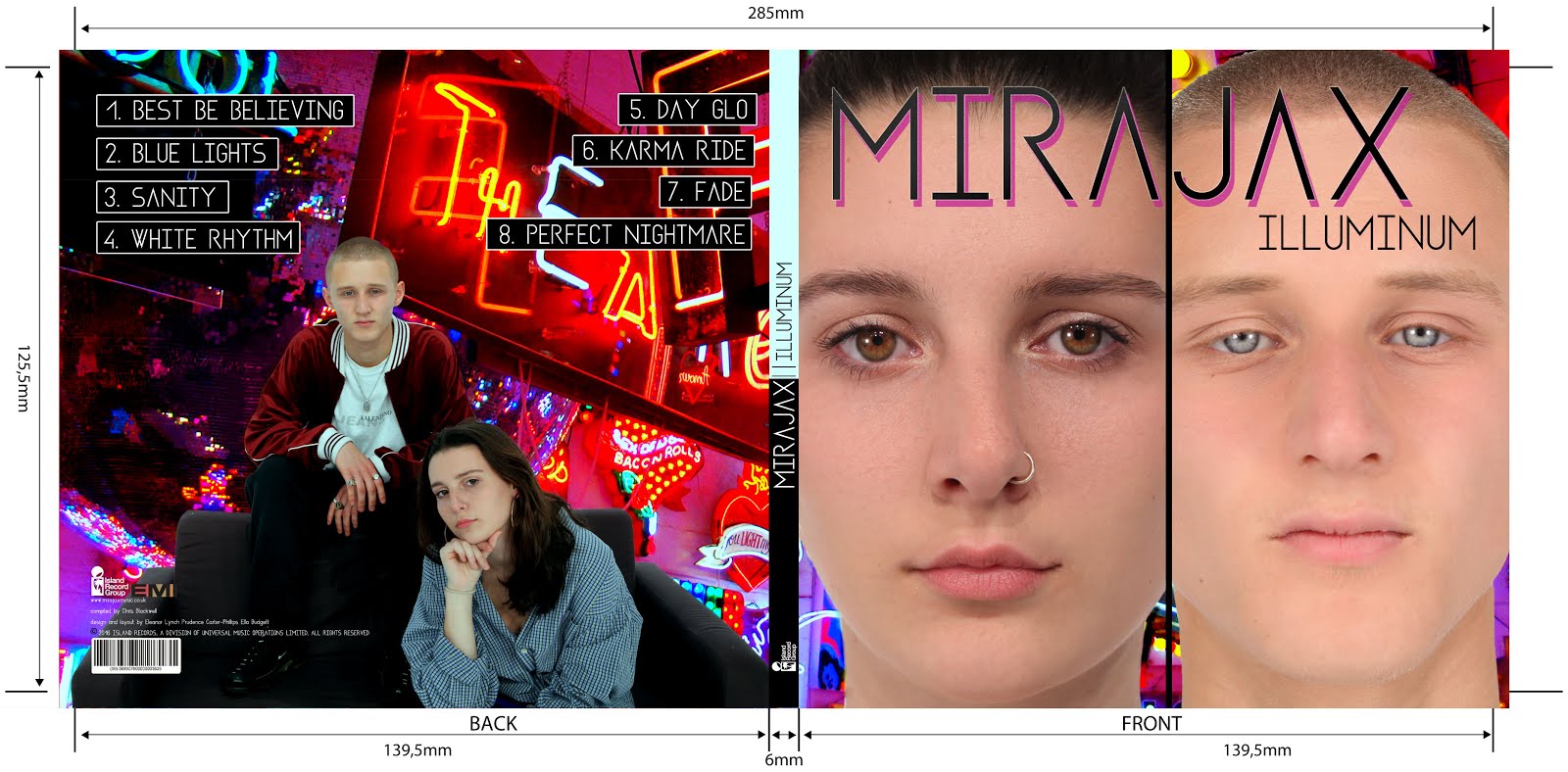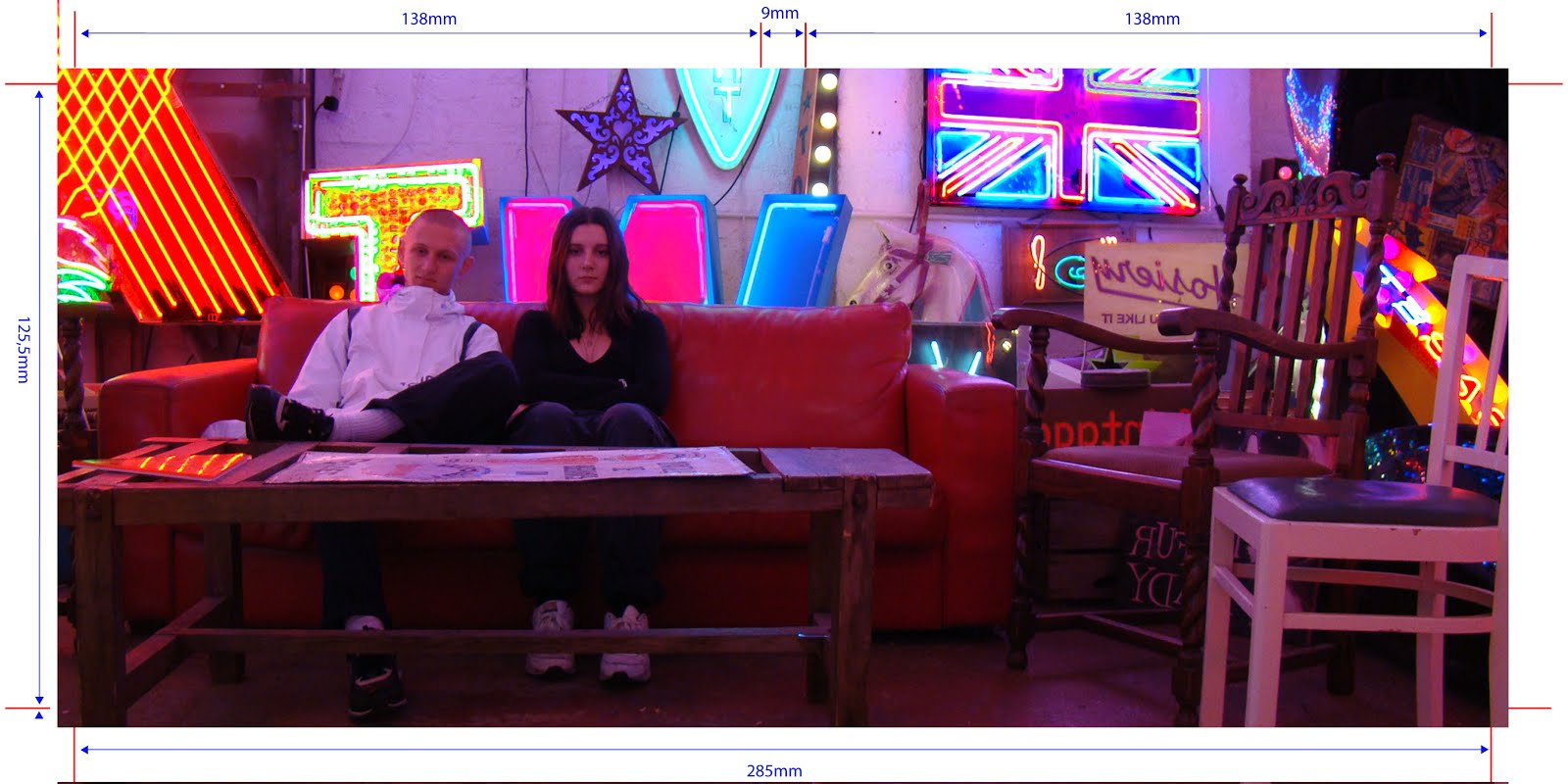My chosen sequence is a 1 minute scene from the 1964 James Bond film, Goldfinger. In this sequence James Bond gets introduced to his personalized gadgets from Q. There are several techniques used to create continuity in this scene.
At the very start of the scene we get a wide mid shot of James Bond and Q. This helps to establish the two main characters for this particular scene and we get a sense of setting as if they are in a car park or garage. Then the camera pans slightly to the right as if it will follow Q but then zooms into Bond which shows us he is the main character. This shot also lets the audience see Bond's expression which could connote his feelings towards Q or the situation.
It then cuts to a wide mid shot of Q as he walks beside the car. The camera follows him which keeps the continuity of the scene not letting the audience loose sight of him. After Q asks "You see this arm here" the camera then cuts to a MS of Bond leaning at the arm in the car. This creates continuity because it means the audience are not confused where the arm is in he following shot and it also tells us we are viewing the arm from Bond's perspective, making the shots flow clearly. Q also taps the arm in the next shot, further showing the audience what they are meant to be looking at. This shot is a CU which makes the audience focus just on the arm and closes out any other distractions.
This is followed by a MS of Bond leaning down to look at the next gadget as we hear Q saying "Now this.." but we do not see a shot of Q because this would make the focus be on Q when the director clearly wants us to focus on Bond mainly. The MS of Bond shows us that the next CU shot of the gadget is from Bond's perspective.
We then get a cut to a MS of Q saying "Don't touch it" which then cuts to Bond with his dialogue which then cuts back to Q with his dialogue. These shots are showing a continuous conversation between the two of them and the audience knows exactly who's speaking in each occasion.
The last two shots feature a shot of Q saying " I never joke about my work 007" which is made to be significant as the next shot is a cut to Bond with no words but an embarrassed expression so the audience is left in suspense.






